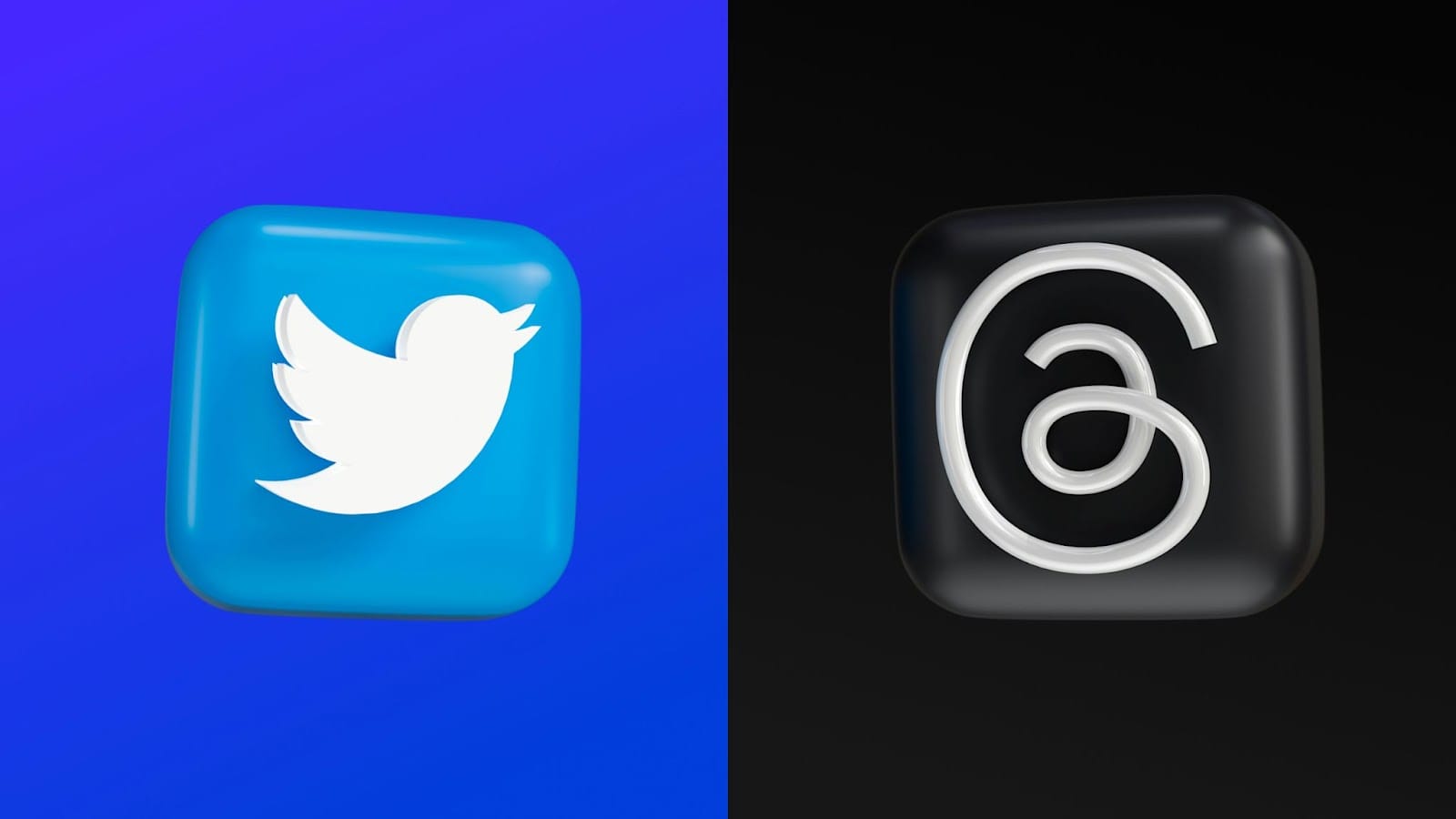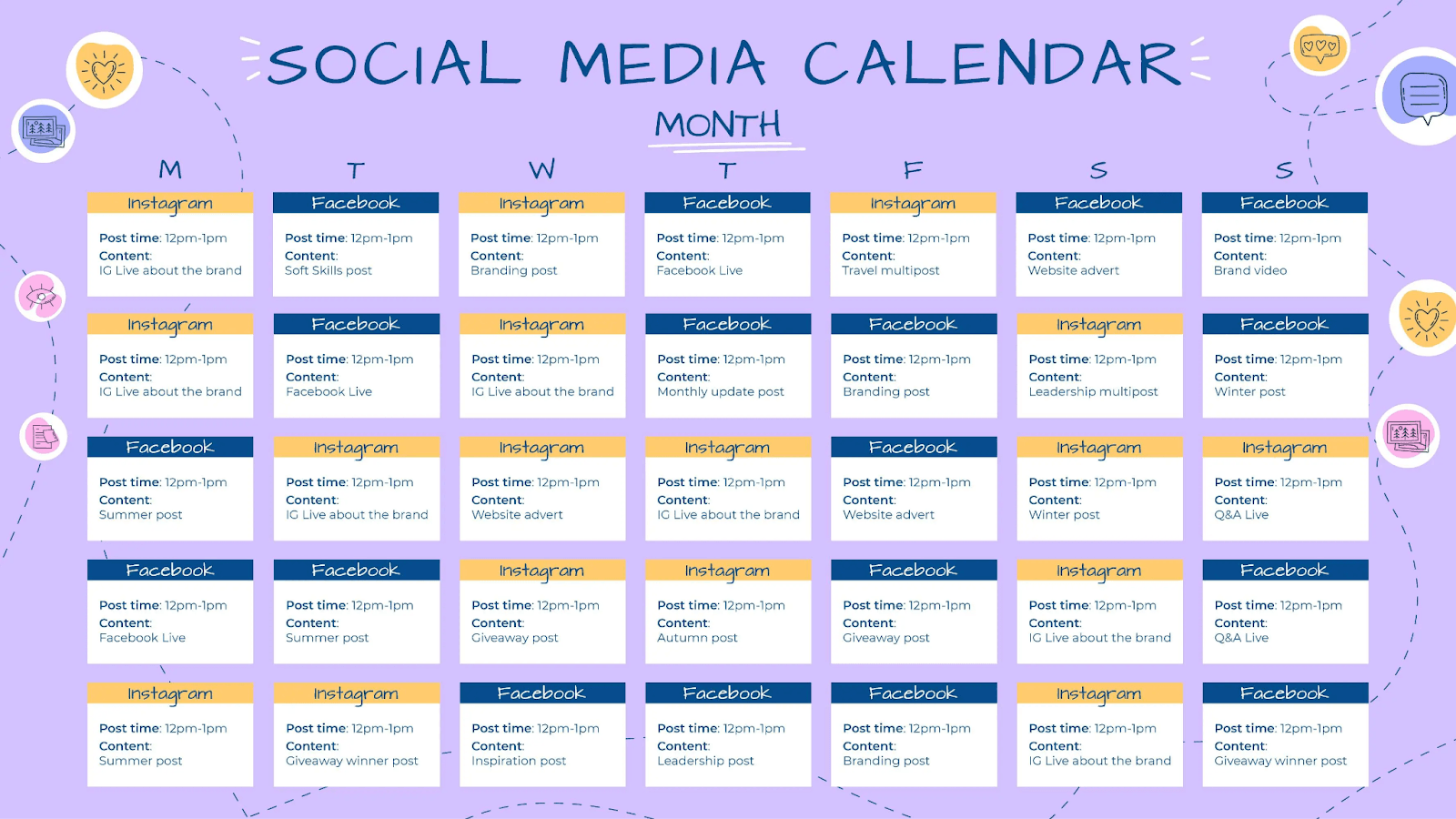Social media marketing started as a powerful frontier for companies as it allowed them to communicate with audiences as emerging media. Brands built profiles, built an audience, and published frequently, if not identical, content on multiple platforms.
Nevertheless, changes in consumer behavior trends as social media platforms increasingly progressed, and so did the success strategies that need to be considered. Social media marketing is these days, a complex, targeted, and innovative strategy.
How social media marketing has changed
In its infancy, social media marketing was straightforward. Brands would post simple messages and hope for the best, typically using low-nuanced and obvious advertising tactics. Over time, this approach became ineffective as user expectations grew and platforms introduced algorithms that prioritized engaging and relevant content.
In contemporary social media marketing, brands need to be strategic and result-oriented, tailoring campaigns to particular platforms and target groups. To be successful, companies need to incorporate the following functionalities into their social strategies.
– Platform-specific marketing: Create special targeting campaigns designed around the target audience’s desired media.
– Creative content: Create new, platform-native content that is engaging for users.
– User-Generated Content (UGC): Promote and share original content created by followers to stimulate engagement and authenticity.
Trends and best practices in social media marketing

Video content for engagement
Video content has become one of the building blocks of good social media marketing. Sprout Social says video is the top social content strategy for 54% of marketers.
With social media such as Instagram, Facebook, YouTube, and TikTok, everyone has the chance for video marketing. Video, from Facebook Live Q&A to TikTok vertical video, can be used by brands to capture attention, showcase products, and connect.
Pro Tip: Incorporate video into your overall marketing strategy. For example, leverage video testimonials to create trust or implement product demonstrations on your website to improve visitor engagement.
In-app sales and social commerce
Social commerce, i.e., the ability and function to buy directly within social platforms, is an emerging trend. Platforms like Instagram, Facebook, TikTok, and Pinterest now enable in-app purchases, making it easier than ever to convert followers into customers. As McKinsey reports, the U.S. social commerce market will be worth $80 billion by 2025, making it a focal point for any business.
Key Insight: Since 27.6% of internet users indicate that the main reason they use social media is to find purchase inspiration, integrating in-app merchandising can greatly improve conversions.
Authentic influencer marketing
The early days of influencer marketing saw brands partnering with accounts boasting large follower counts. While this strategy worked initially, today’s audiences demand authenticity.
Brands are better able to get good outcomes by partnering with (called micro-influencers), which are creators with small but highly invested communities. Given these influencers’ intimate relationships with their audiences, the endorsements they provide carry more weight and feel more authentic.
Pro Tip: Form long-term relationships with influencers that are consistent with brand values. Make sure that collaborations feel organic and integrate smoothly into the influencer’s everyday content.
User-Generated Content (UGC)
UGC—content generated by customers or followers—is a potent means for establishing trustworthiness and engagement. In contrast to sleek upmarket brand ads, UGC has a sense of authenticity and relevance that allows brands to get past the clutter of overloaded social streams.
Best Practices for UGC:
Design campaigns that motivate followers to use a branded hashtag.
Provide premiums, e.g., discounts or early access, as part of the recruitment.
Share your best work on your brand’s social media pages to inspire others.
Customer service on social media
Social media are not only a marketing tool but are now a critical customer service tool. Customers regularly use social media platforms such as Instagram, X (formerly Twitter), and Facebook to express dissatisfaction, make inquiries, or provide input.
Tips for Excellent Social Media Customer Service:
Track brand mentions and direct messaging for service requests.
– Respond promptly and professionally to all customer interactions.
Customer experience (CX) software or CRM applications with social integrations can help streamline support activities.
Regulatory compliance
Social media marketing now operates under increased regulatory scrutiny. For example, the Federal Trade Commission (FTC) requires transparent disclosures for influencer arrangements. Furthermore, the increasing data privacy legislation, e.g., GDPR, could restrict data points used for ad targeting.
Takeaway: Brands have a responsibility to build transparency and keep pace with legal and regulatory changes to prevent liability and foster consumer trust.
Steps to build a social media marketing strategy
Define your objectives
First, explore why your company seeks to leverage social media. Your goals should reflect your overall business goals, such as raising brand visibility, driving website visits, or optimizing customer service. Achieve SMART (Specific, Measurable, Attainable, Relevant, Time-Limited) goals to keep the attention and to follow the advances.
Identify your target audience.
Understanding your audience is crucial for effective social media marketing. Develop detailed marketing personas by answering key questions:
– Who are they? (e.g., age, location, job title)
– What are they interested in?
– Where do they spend time online?
– When are they most active?
– Why do they consume your content?
Work with your sales and customer support teams to gain a deeper understanding and account for the next step with customers to better your personas.
Leverage social media analytics tools
Understanding how your campaigns perform is vital to improving your social media strategy. Social media analytics tools help track engagement, impressions, and conversions, providing valuable insights into what resonates with your audience. With these tools, businesses can identify trends, refine content strategies, and optimize their ROI.
For example, analytics tools can help determine the best times to post content, the platforms yielding the highest engagement, and the effectiveness of video marketing efforts.
Create engaging content
Use your understanding of your audience to develop content pillars—central themes that guide your posts. For example, your pillars may look like product education, customer reviews, and industry information.
Select your platforms
Pay attention to those that match your target audience segments and content format. For example:
– Facebook: Ideal for users aged 25-34.
– Instagram and TikTok: Effective for engaging younger audiences with visual content.
– LinkedIn: Best for B2B marketing and professional audiences.
Develop a social media content calendar.
A social media content calendar assists you in planning, organizing, and scheduling content. Use it to:
– Align posts with product launches or company announcements.
– Maintain consistency across platforms.
Determine the optimal times and days to publish, according to target audience behavior.

Conclusion
Social media marketing is a highly developed art that now demands creativity, expertise, and flexibility. By leveraging trends like video content, UGC, and social commerce and adhering to best practices like customer service and regulatory compliance, businesses can achieve measurable success. A robust social media following is a labor of love and time-intensive. However, with a clear and well-defined strategy, the reward is immense.
